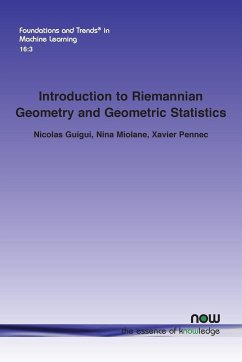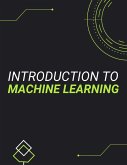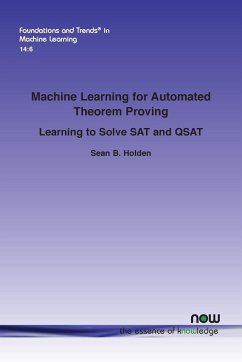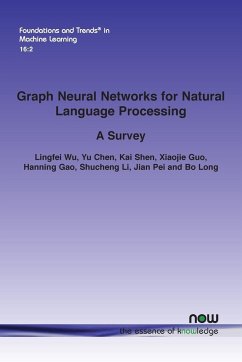As data is a predominant resource in applications, Riemannian geometry is a natural framework to model and unify complex nonlinear sources of data. However, the development of computational tools from the basic theory of Riemannian geometry is laborious. In this monograph the authors present a self-contained exposition of the basic concepts of Riemannian geometry from a computational viewpoint, providing illustrations and examples at each step. They proceed to demonstrate how these concepts are implemented in the open-source project Geomstats, explaining the choices that were made and the conventions chosen. The reader thus learns in one self-contained volume the theory of Riemann geometry and geometric statistics and their implementation to perform statistics and machine learning on manifolds. Containing many practical Python examples, this monograph is a valuable resource both for mathematicians and applied scientists to learn the theory of Riemann geometry and its use in practice implemented with the Geomstats package where most of the difficulties are hidden under high-level functions.








